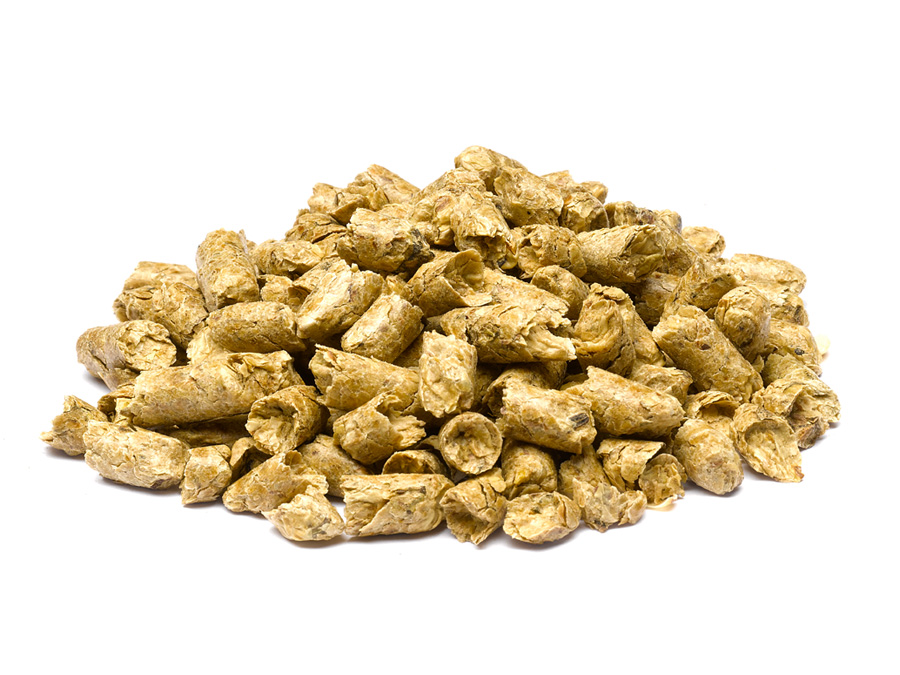
Livestock farmers have been warned to be vigilant after an industry warning that batches of imported soya hulls from Argentina may be contaminated with the mycotoxin zearalenone.
The Agricultural Industries Confederation (AIC) believes some of the affected soya may have been sold in the UK and could be contaminated with up to 4.96ppm of this mycotoxin produced by Fusarium species moulds.
Mycotoxins at high concentrations can have a direct impact on animal health and welfare.
At lower concentrations, mycotoxins can impact on livestock performance such as decreased litter weights and reduced feed conversion rates, all of which have a direct effect on farm profitability.
Mycotoxin management specialist Alltech is urging farmers to be cautious because of the known impact of zearalenone on livestock fertility.
"We would certainly not recommend using any of this contaminated soya in rations for developing or reproducing females, particularly gilts, sows or dairy heifers.
"Even at 10% inclusion of this contaminated material the zearalenone level would be almost 500ppb – around five times the guidance level for gilts and on the limit for dairy youngstock too," warns Jonathan Younger from Alltech.
Alltech has advised farmers that recent purchases of soya hulls from Argentina need to be tested as 'soon as possible'.
And if already feeding it to livestock to introduce an appropriate mycotoxin binder such as Mycosorb A+.
"Increasingly we are seeing multiple mycotoxin contamination of feed materials.
"Whether this is due to varying climate precipitating more aggressive mould growth or indeed changing agronomic practices around the world, we can’t be sure.
"But the important message is vigilance and it now certainly makes sense to screen what you are feeding for potential mycotoxin contamination," Mr Younger says.
